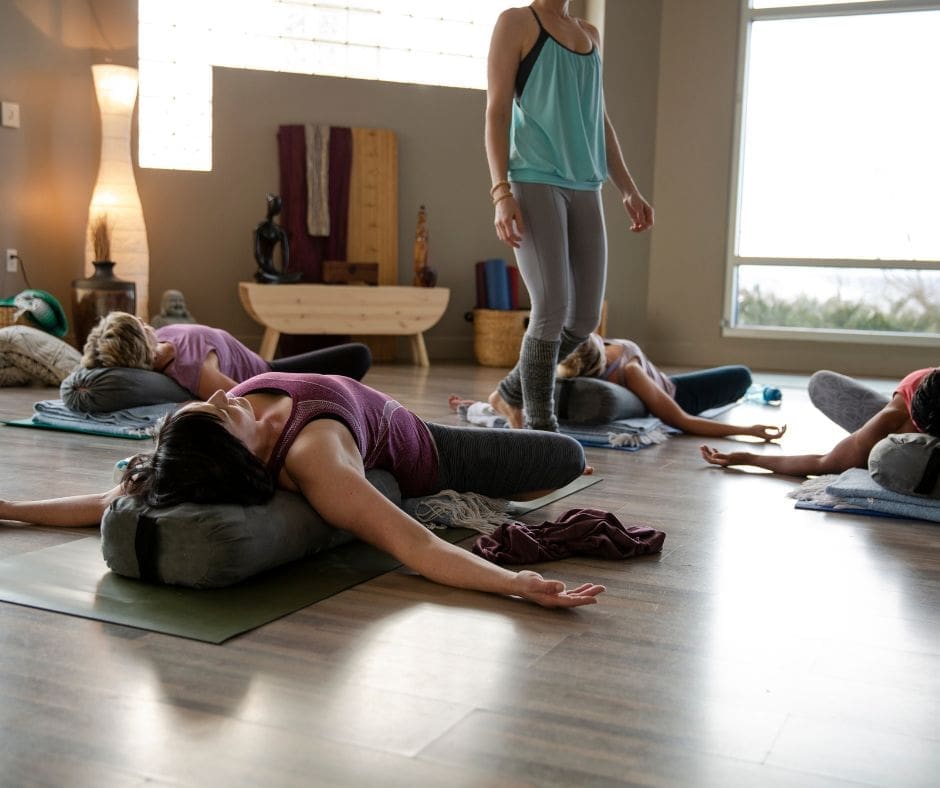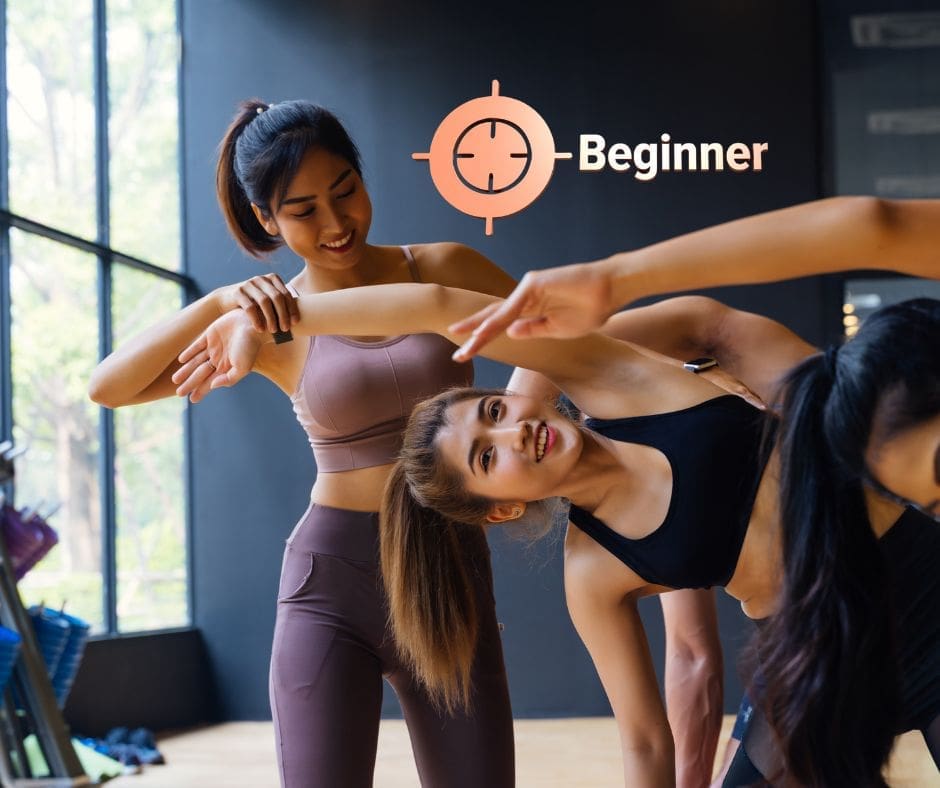
Restorative Yoga: The Art of Slowing Down
In the hustle and bustle of modern life, where the drumbeat of the daily grind often drowns out the gentle hum of tranquility, there lies a sanctuary in the practice of restorative yoga. This is not your typical high-energy flow; instead, it’s a soothing symphony of poses that invites stillness, deep breathing, and a profound connection to the present moment.
Restorative yoga is an invitation to a dance where the movements are minimal, and the pace is set to slow motion. Imagine entering a room where the lights are dimmed, the air smells faintly of lavender, and the only sound is the soft, rhythmic breathing of fellow practitioners. Each person finds their space on a mat, surrounded by props that resemble a bedtime fort—bolsters, blankets, and eye pillows. These tools are not just accessories but essential elements that support the body in a series of gentle, sustained poses.
Unlike more vigorous forms of yoga, restorative yoga requires you to hold positions for longer, typically up to ten minutes, allowing you to explore the depths of each stretch and the quiet spaces of your mind. The poses are designed not to stretch the muscles but to open the body through relaxing and letting go. For instance, a simple supported backbend not only opens the chest and shoulders but also offers a subtle invitation to release the emotional baggage we often carry in our heart center.
The true beauty of restorative yoga lies in its accessibility. It beckons to all—seasoned yogis, complete beginners, the young, and the elderly. Even those recovering from injuries find a safe haven in its embrace, as the supportive nature of the practice ensures minimal risk of strain.
One touching story comes from Sarah, a middle-aged schoolteacher whose encounter with restorative yoga came at a time of personal turmoil. Overwhelmed by the demands of her job and coping with the recent loss of her mother, Sarah was steeped in stress and sleepless nights. Her first session of restorative yoga was a revelation—halfway through a supported child’s pose, she experienced a surge of emotion and found herself quietly crying. The tears weren’t of sadness but of release. For Sarah, each session became a stepping stone to healing, a gentle reassurance that it was okay to pause, to breathe, and to seek comfort in stillness.
As the benefits of restorative yoga ripple outward, more people discover its restorative powers not just for the body but for the mind as well. Regular practitioners report improved sleep patterns, reduced stress levels, and a general sense of well-being that permeates their daily lives. It’s a testament to the idea that sometimes, the best way to move forward is to allow yourself to completely stop.
Whether you’re seeking respite from chronic pain, emotional relief, or simply a moment of peace, restorative yoga offers a path. It’s a practice that teaches patience, promotes self-care, and cultivates an inner sanctuary that you can carry with you long after you roll up your mat.




